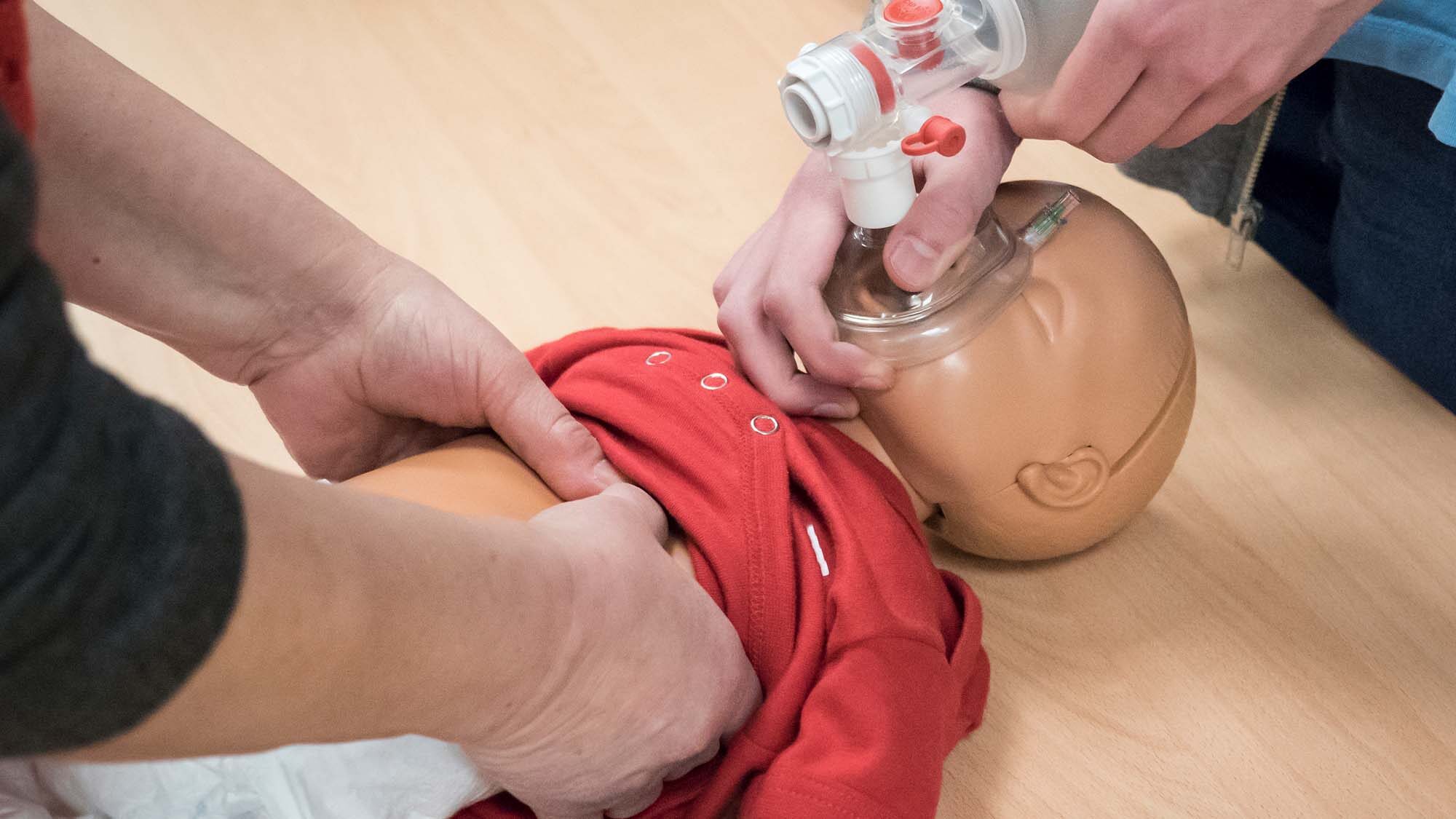Essay by: ISP046
Simulation in nursing school education plays a very large role in learning how to become a registered nurse. The main purpose and role of simulation, is to create an environment very similar to a hospital or medical care center. Nursing students are able to learn and experience possible situations that can and may occur in a medical setting. The role of simulation in schools is a very critical and necessary component to learning. Students are able to take on the role of a registered nurse and perform and practice the necessary skills needed to become an experienced and skilled nurse. The role of simulation is an inspiration to nursing students everywhere. It gives students a sense of achievement and closeness to their upcoming and attainable goal.
The vision I have for simulation in the next 10 years, is the continuation and expansion of simulation in all nursing education. My vision would include every nursing program to have fully interactive manikins. This vision would give every nursing student equal learning opportunities and become a fully competent and skilled nurse. Educators would be fully knowledgeable in how to work the manikins to their full potential. At College of the Desert where I am currently a nursing student, I am fortunate enough to be able to practice and perform my skills on manikins in fully interactive simulations. I hope that in the near future that all nursing students are given the opportunity to experience simulation.
Simulation is a powerful learning tool for Health Systems Institutions varying from hospitals to academia to bridge theory to practice in a safe and interactive learning environment. With computer-controlled simulation technology, healthcare simulation enables students and providers to develop the cognitive and psychomotor skills, which are essential to safe and effective healthcare practice. At the same time, the learners gain competence and confidence in their ability to safely perform clinical skills with actual patients.
Simulation is highly adaptable to the needs of the learner and offers a range of easily accessible learning opportunities. It fosters customized learning experiences that are difficult to obtain in real life. A simulation environment allows the learners to practice and repeat procedures as often as necessary in order to correct mistakes and fine-tune their skills until they achieve favorable clinical outcome. Evidently, simulated environment provides the freedom to make mistakes and learn from them promoting learners gain powerful insight about the consequences of their actions and the strong need to “get it right.” Furthermore, simulation training along with hands-on skills enhances the learners’ thinking, decision making, and effective communication skills. More significantly, simulation activities help the learners to practice critical teamwork behaviors such as feeling comfortable to speak up, multitasking, recognizing errors, and coordinating under stress, which will lead to optimized clinical outcome.
Ultimately, healthcare simulation represents range of activities geared towards learners’ professional development. Additionally, simulation pursues a common purpose within the healthcare – to improve health care services’ safety, effectiveness, and efficiency.









